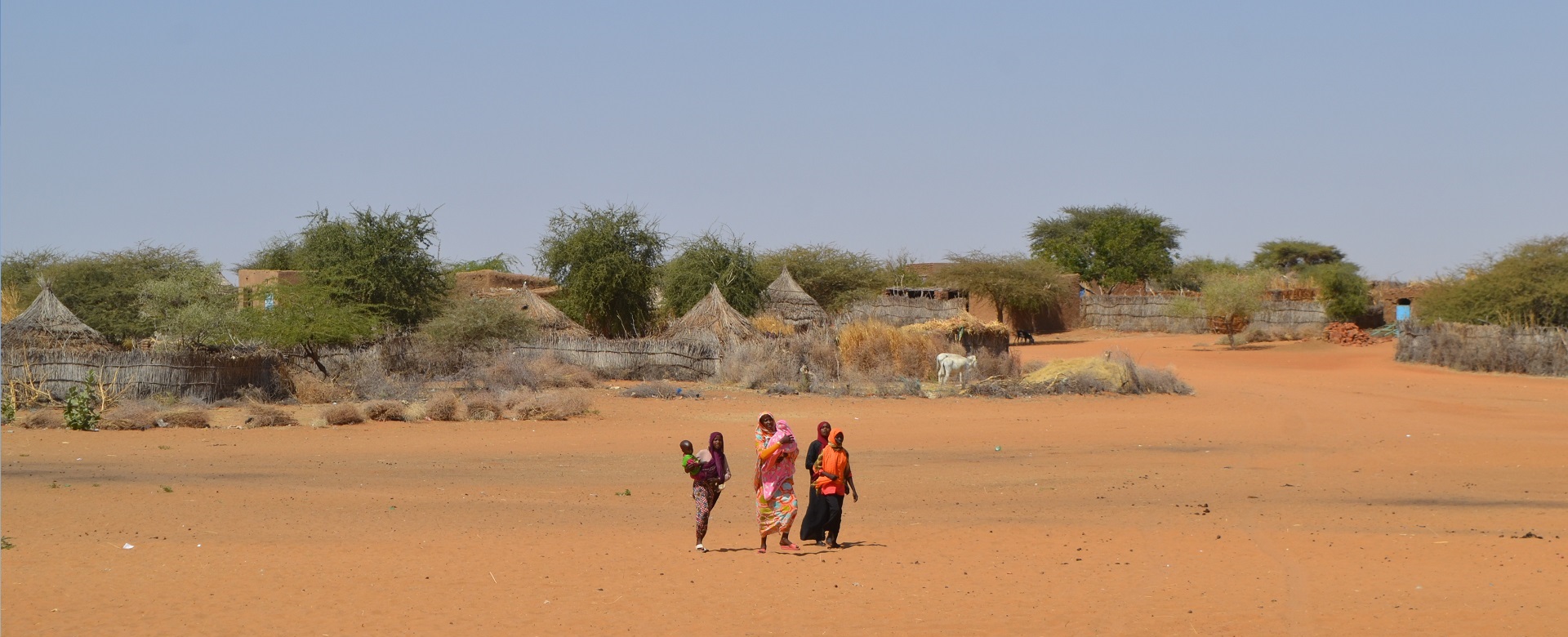
Patricia remembers the shock of seeing the distant figure of a little boy in the middle of the desert.
KIDS FOR KIDS was launched in Khartoum, Sudan on 8th March 2001, before the conflict erupted.
The story starts when Patricia Parker decided to visit her eldest son, Alastair, in Khartoum, Sudan, who had just been appointed as a Diplomat to the Embassy there. Patricia asked to see a project “to understand how children were living”.
“I had no intention whatsoever of starting a charity. I was there to see my son and to paint, but very few people visit Sudan and I thought I could perhaps alert one or two people who might like to help in a very small way when I returned to the UK.”
Patricia & Alastair were invited to El Fasher, the regional capital of North Darfur, by Save the Children. They travelled north in a 4 x 4.
Patricia takes up the story. “There are no roads leading north from El Fasher either then, or now. It was only March but already the heat was unbearable. All surface water had dried up and the sand was pockmarked with the imprint of footsteps as people walked for water. I still remember the shock of bouncing across the desert in a 4 x 4 and seeing the distant figure of a little boy. What was a small child doing alone in the middle of the desert?”
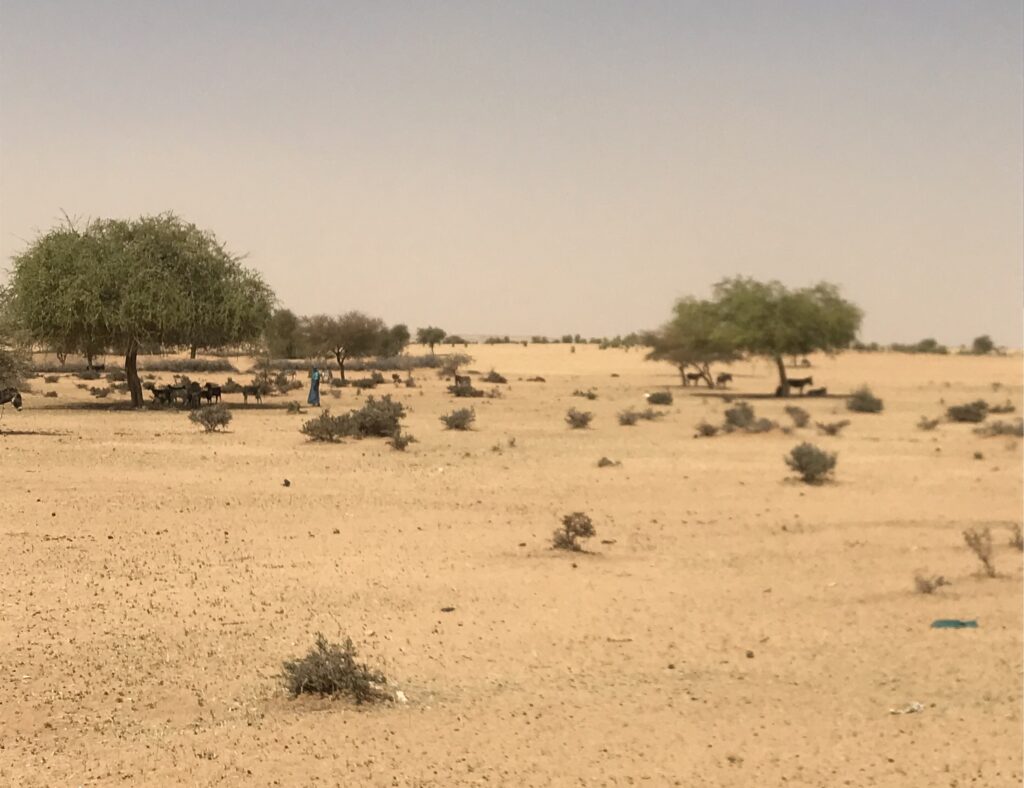
This small boy was walking seven hours to reach water, and then carrying it back to his family.
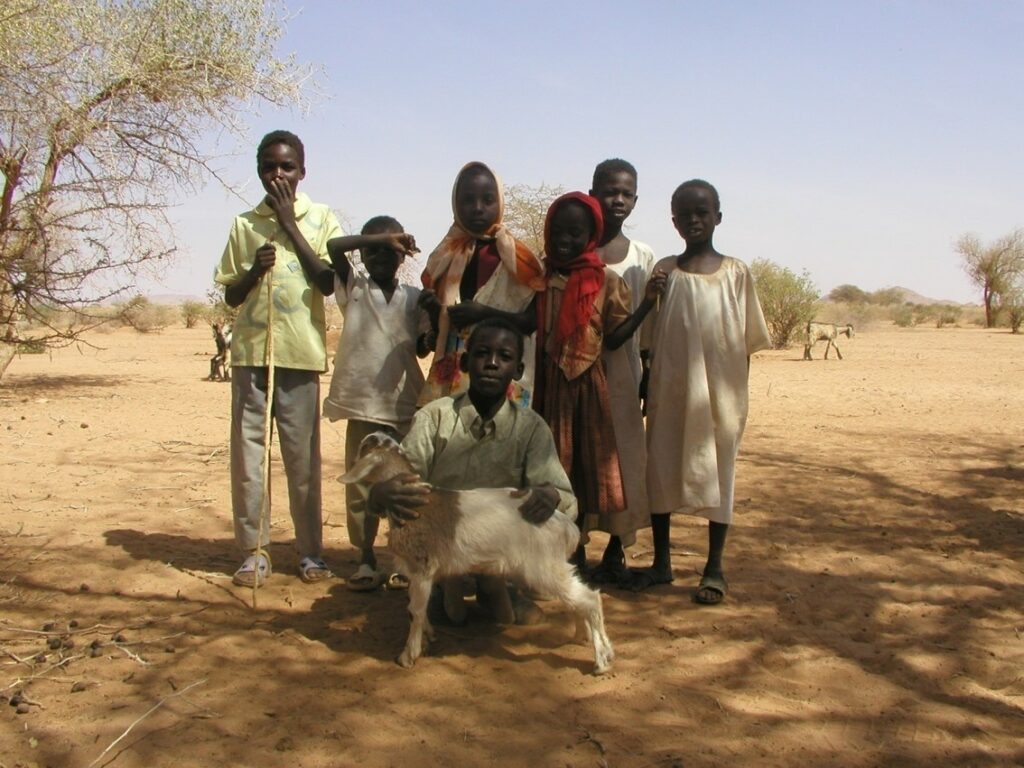
Patricia and Alastair immediately stopped and soon learnt that his name was Ibrahim, he was 9 years old.
As the eldest sibling, his mother had asked him to fetch water for the family.
“Although it was only March, the Spring of the year, drought was already taking a terrible toll and clean water was scarce. This small boy was walking seven hours to reach water, and then carrying it back to his family. This would be an intolerable burden for anyone, and is unacceptable for a child. I was shocked. This was deprivation beyond words – aid agencies were working in Darfur, yet nothing was being done to stop this. There is one of the largest aquafers in Africa under Darfur yet there was no plan for handpumps in even one village.”
Patricia’s immediate thought was that she and her family could provide a handpump near the little boy’s home at Um Ga’al. But then she asked to meet his mother. They found her camped out under some trees near a wadi (dry river bed) with her other four children. They were there – it was safe then to leave the village – because their three little Goats could eat the twigs and leaves. Patricia was offered their evening meal – a bowl of goat’s milk.
Patricia quickly realised that Goats were crucial to the health of her children. They provided the nutrients and protein to ward off malnutrition. She could see how important these little Goats were to her family, however three were not enough to sustain them. Patricia spoke to the village leaders and asked them about loaning 5 Goats to the poorest families and whether this would cause jealousy. They said ‘no’, that it would take away the burden of other families having to support them.
Being in the village was a real eye-opener for Patricia. She realised how impoverished these families were. Patricia spoke to the women and young girls in the village to find out what life was like. They told Patricia how terrified they were of childbirth. The only help in a village was n untrained Traditional Birth Attender, someone who had ‘survived’ childbirth but had little knowledge of even the basics of hygiene or first aid. Many of the women had died because of lack of trained healthcare.
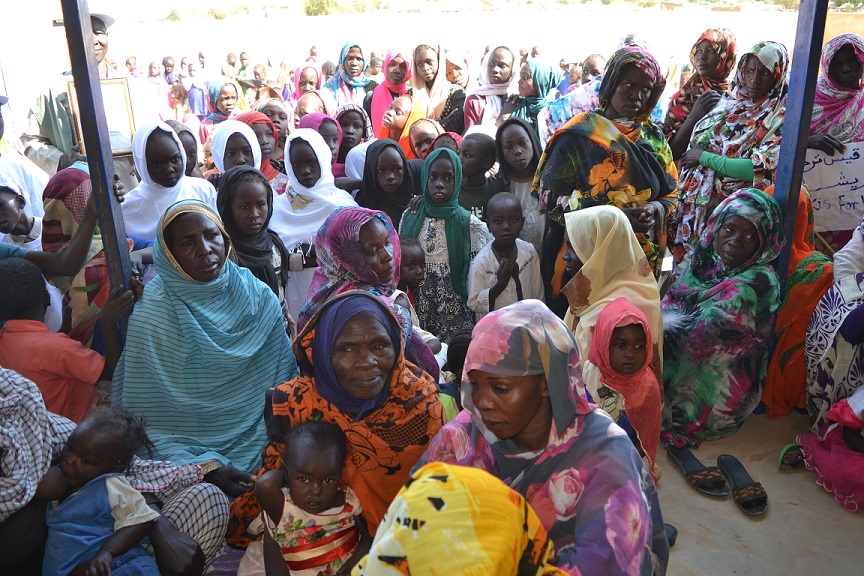
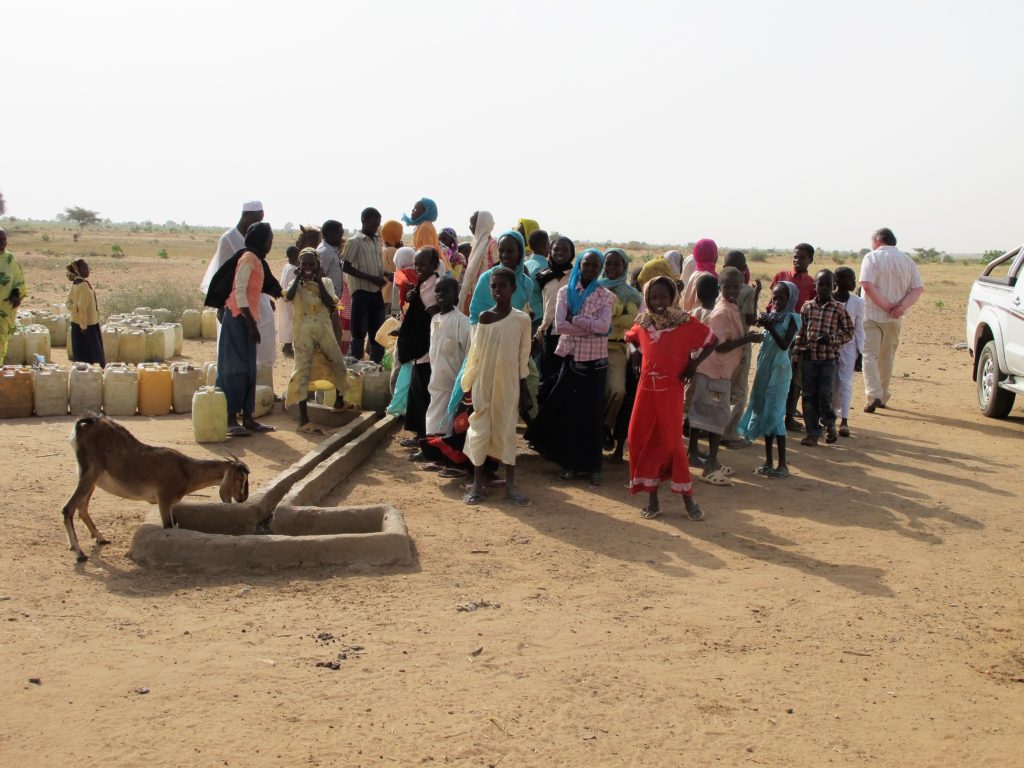
The little boy’s walk for water enabled the goats to drink, and their milk gave him life-sustaining proteins, minerals and vitamins.
Patricia says “I had now moved on from thinking how I personally needed to provide a handpump to now doing much more. I had already identified providing Goat loans, hand pumps for clean water, donkeys to carry water, paravets to care for the animals and trained midwives and first aid workers. I went back to Khartoum and five days later, with the help of friends there – who still support us through our Khartoum Committee – created KIDS FOR KIDS on 8th March 2001.”
Six months after meeting the little 9 year old lad and hearing about his walk for water Patricia returned to Um Ga’al to see for herself if her first handpump had been installed. She was met by over 900 people who came to thank her. “We had prayed to God every day of our lives for water, and never believed it would happen in our life times”
“After that the focus was on Goats. We started lending 5 Nanny Goats to the poorest families. The rich goat’s milk helped strength the children’s bones and staved off malnutrition. As the flock grew – with the help of a nearby billy goat! – 5 Nanny Goats were passed on to another family to benefit.
From there, we have lent donkeys to carry heavy loads, chickens to provide eggs for the elderly, seed and agricultural tools to help produce more crops. We’ve built health centres, trained midwives, built kindergartens to give children an education. And are now planting trees to slow the encroach of the Sahara desert.
We have returned as often as possible to visit Ibrahim and his mother. Unbelieveably, in Feb 2020, after 9 years of being disallowed into the country, we were met by a shy 6’2” Ibrahim, having returned from university and now surrounded by his young family.
His little son even goes to our Kindergarten – we could not be more proud!”
Since that first meeting, Kids for Kids has adopted 110 villages to date and transformed the lives of over 590,000 people.
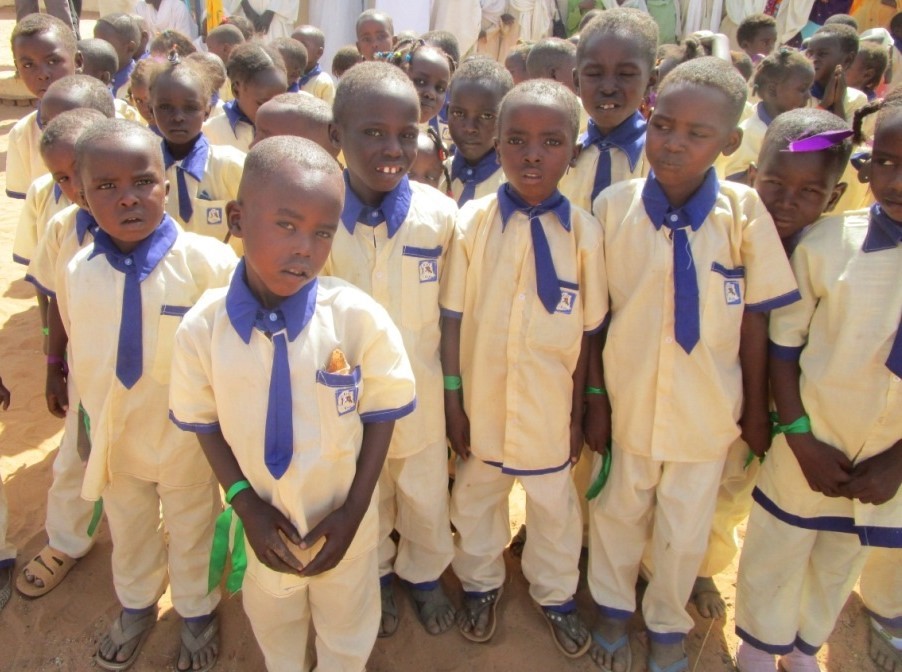
Children who might never have survived are now at university. Families are staying together in their homes. Kids for Kids’ villages are growing. Youngsters are not being asked by their desperate mothers to leave home to find work so they can send funds home so their younger siblings will not starve. There is health care for both humans and animals in our villages, people are being given the means to improve their standard of living and in 2013 the first Kids for Kids’ Kindergarten opened its doors. So far, we have built fourteen Kindergartens. Our aim is to build a Kindergarten in every Kids for Kids’ village. Most important of all, there is clean water from new and repaired hand pumps.
“Water is the key to life” says Patricia “we try to keep funds available because violence over the years has delayed many of our plans, but when there is security for a time we immediately commission more water projects.”
Patricia now works full time to raise awareness of the problems facing children in Sudan, and showing how their lives can be improved in simple yet effective ways.
“I don’t believe in charity” she says “I believe in helping people to help themselves.”
Patricia’s aim is to inspire people to help, not just in the UK but all over the world, to tell people how children are living in remote villages in Darfur, forgotten by the rest of the world.
“Our motto is One Goat at a Time, and that means one pound, one dollar, at a time too! Every little helps when you have virtually nothing” says Patricia. “If we can tell people about the conditions in which children are being forced to live – and show the way to a solution – to everyone, from the highest in Government to the smallest child at school – then we will be able to transform people’s lives” she said “No one is too young to make a difference”.
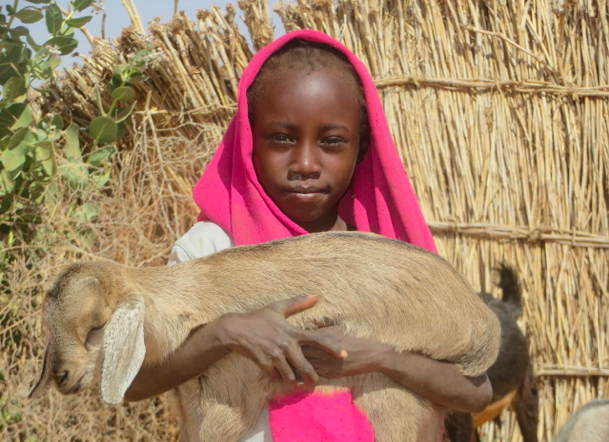
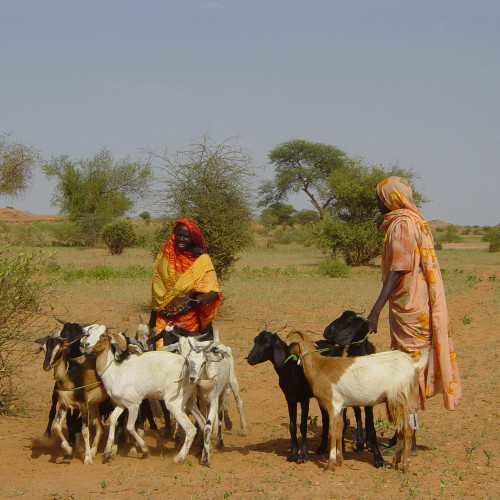
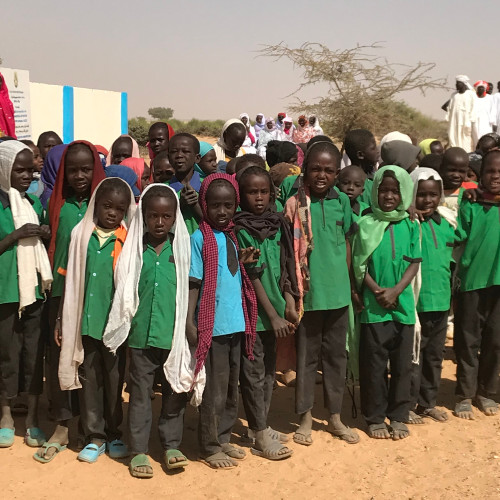
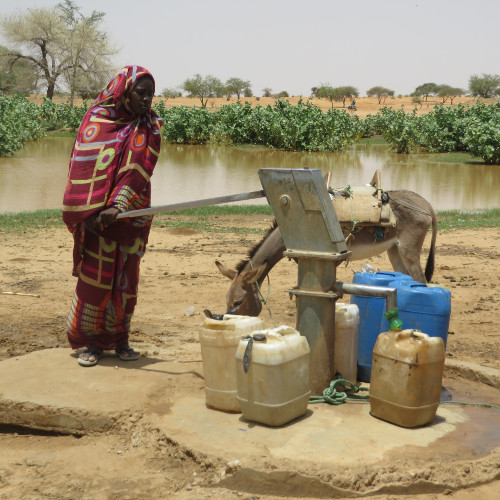
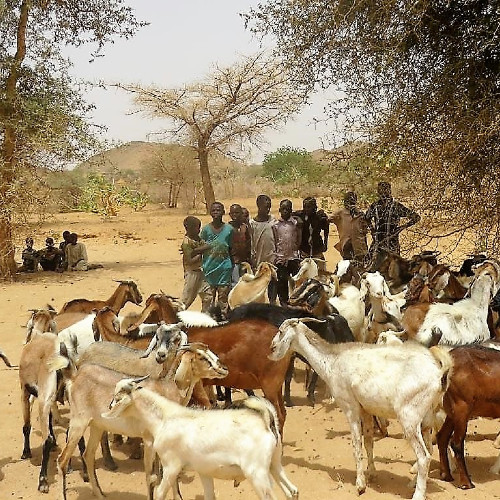
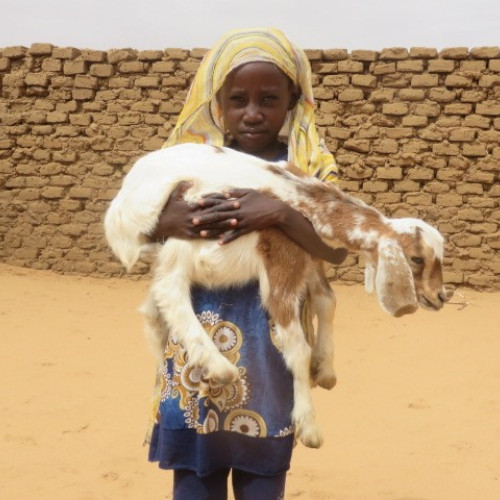
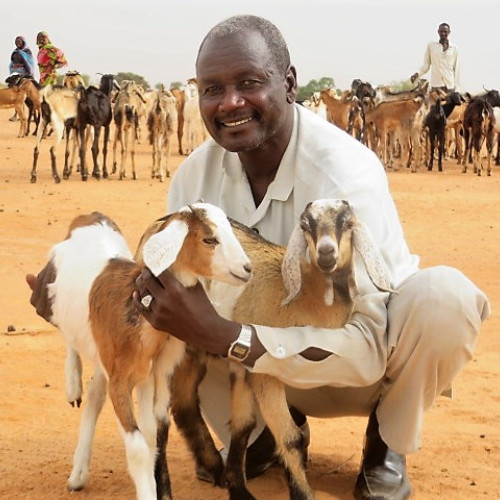
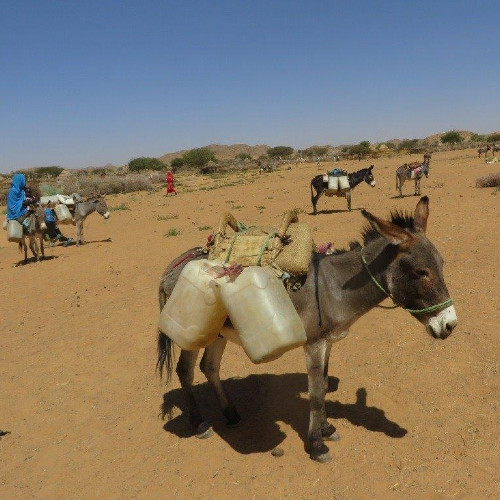
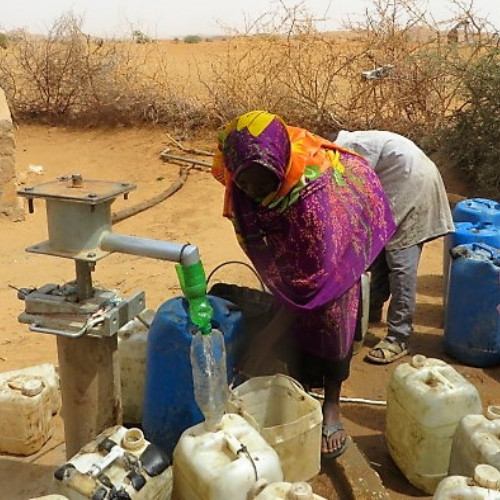
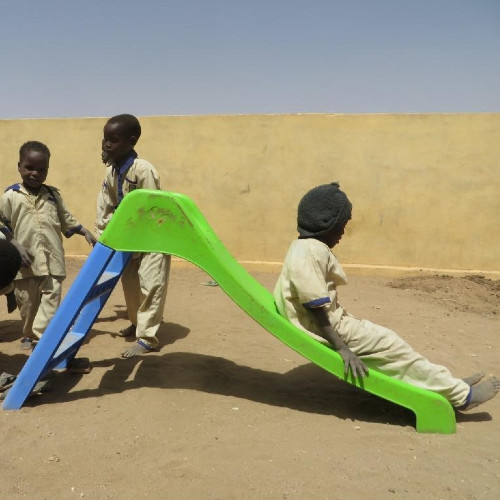
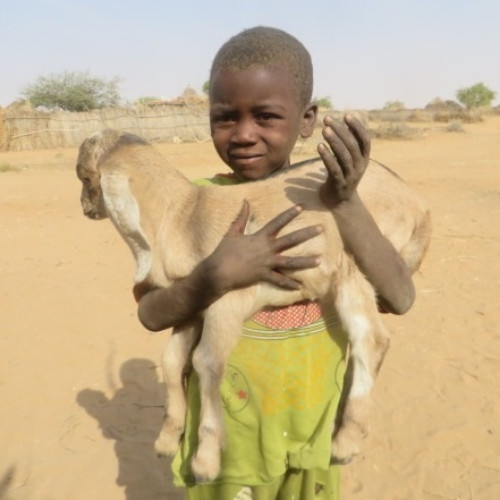
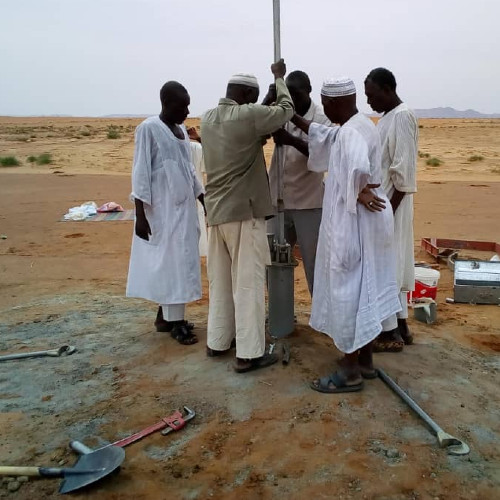
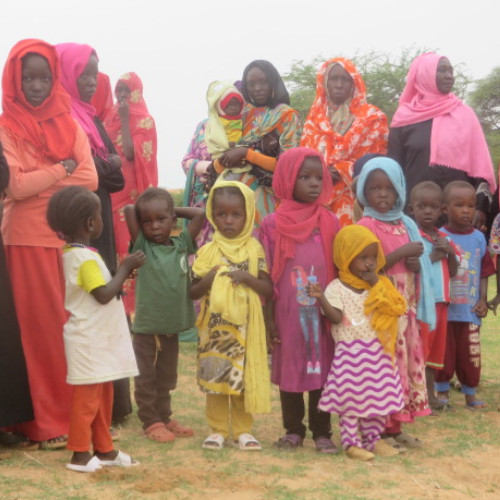
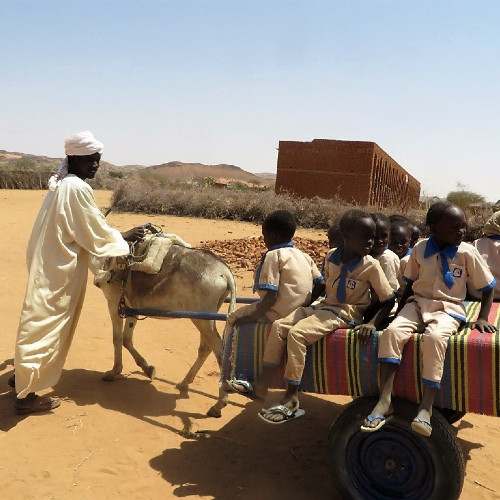
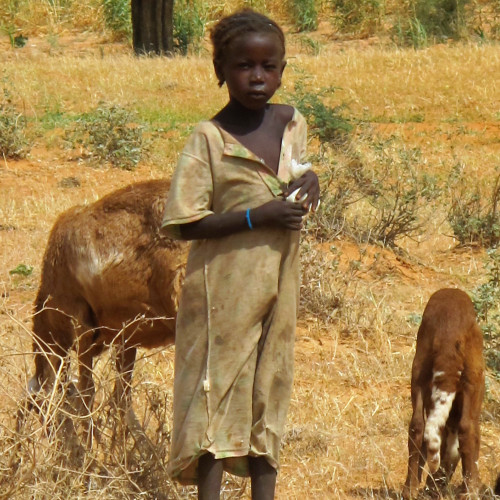
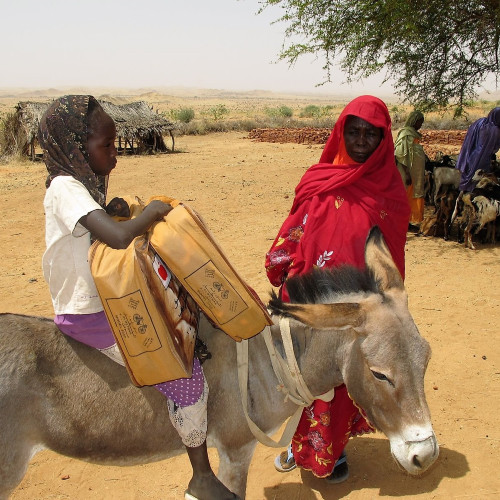
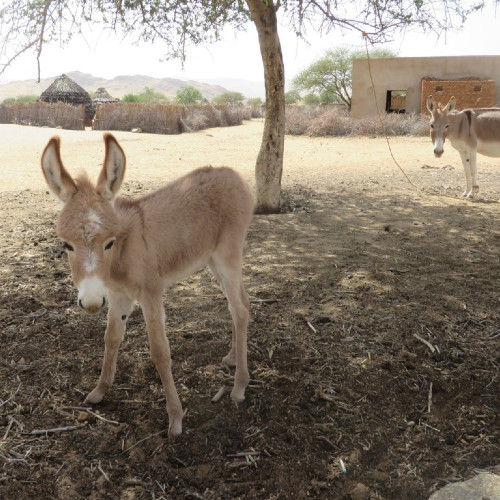
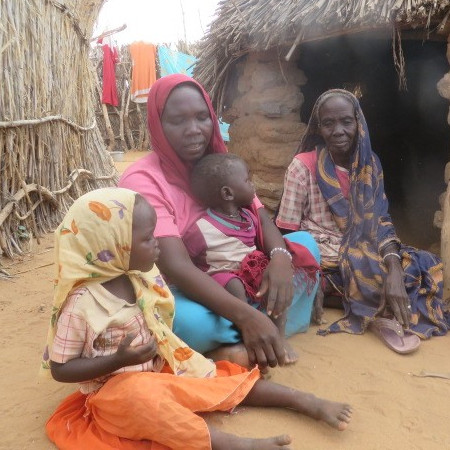

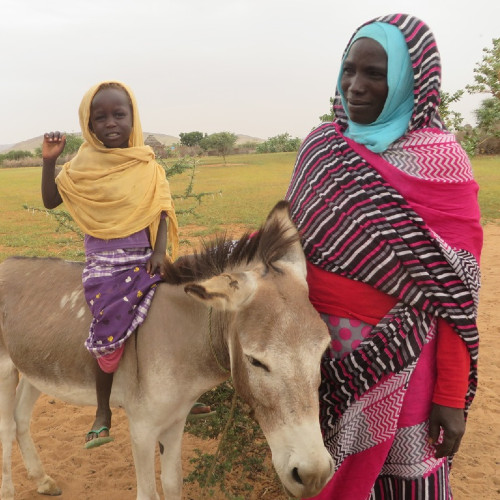
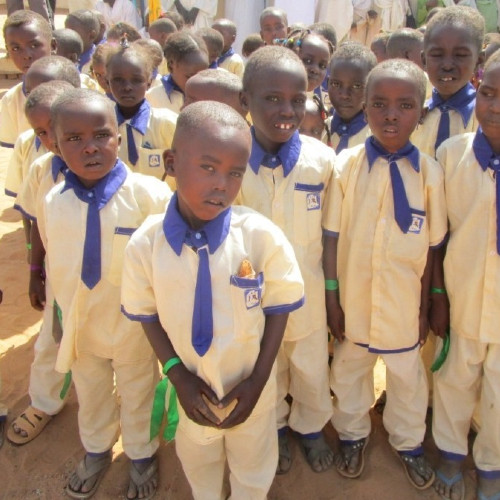
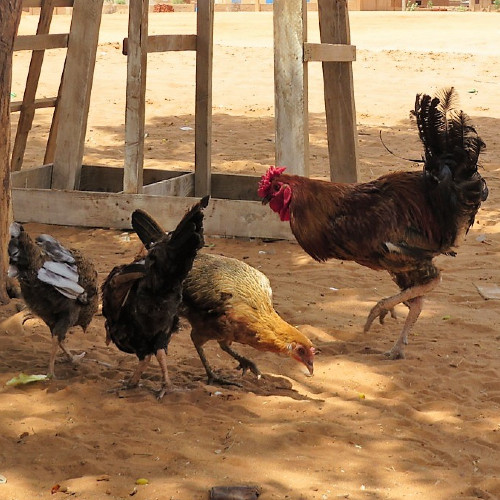
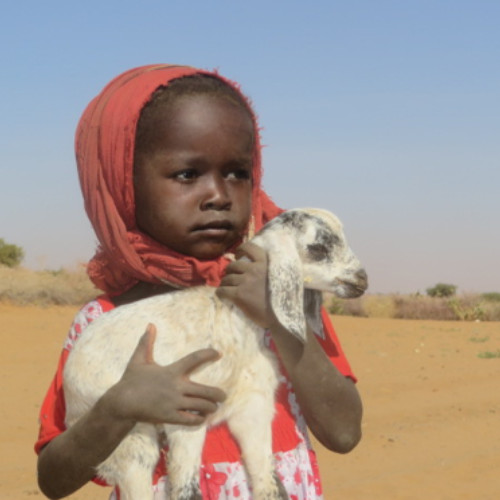
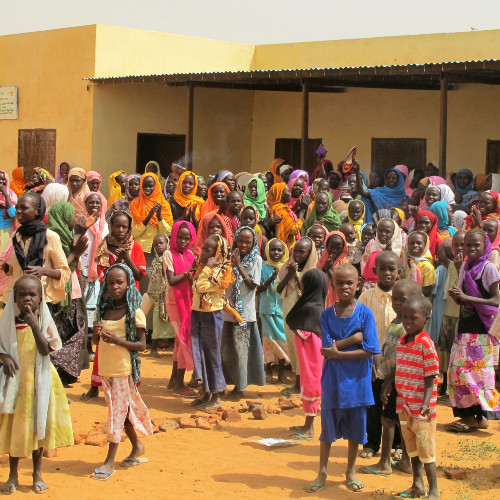
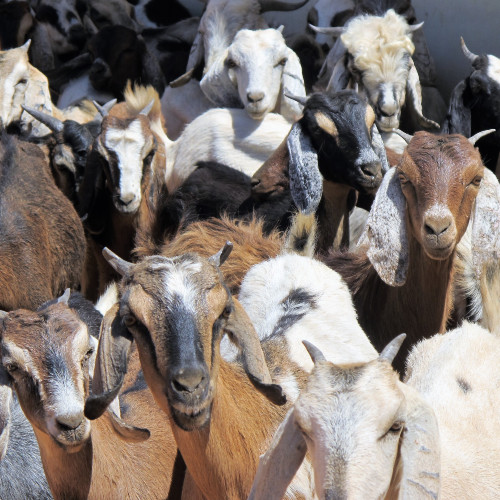
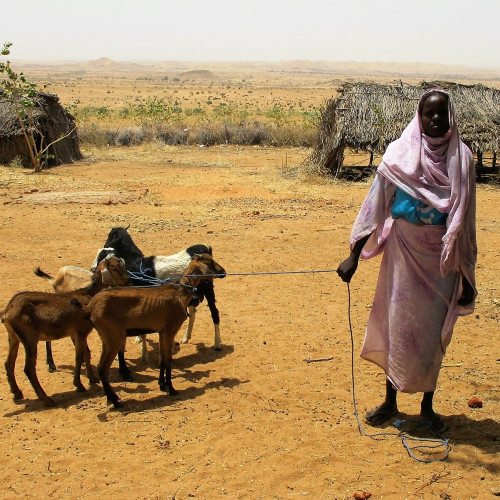
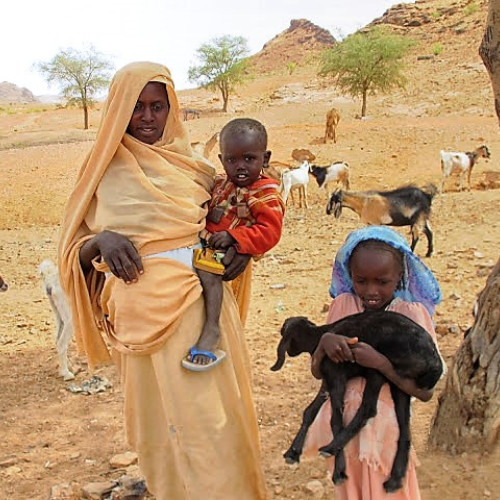
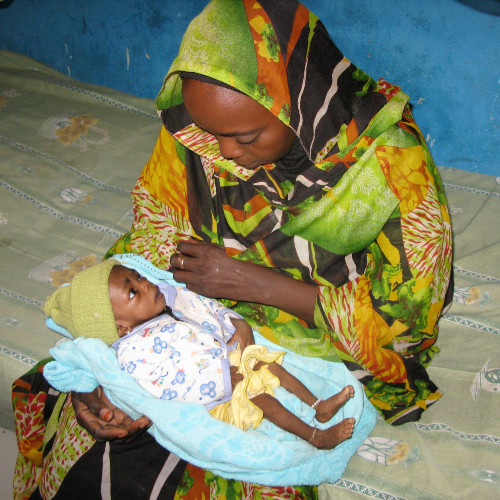
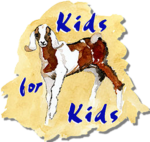
Registered Charity No: 1100045. A Company limited by Guarantee Registered in England & Wales No: 04607292. Recognised by the Humanitarian Aid Commission in The Sudan as a Charitable Foundation.
Copyright Kids For Kids © 1990 – 2021 US Friends of Kids for Kids Registered with Global Giving 501(c)3 Supported by HolmPC Ltd.